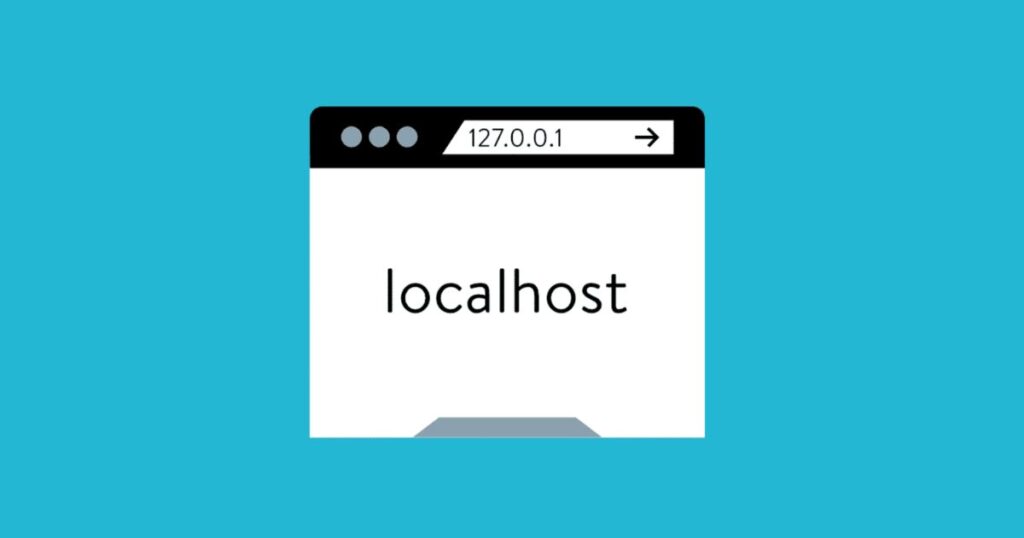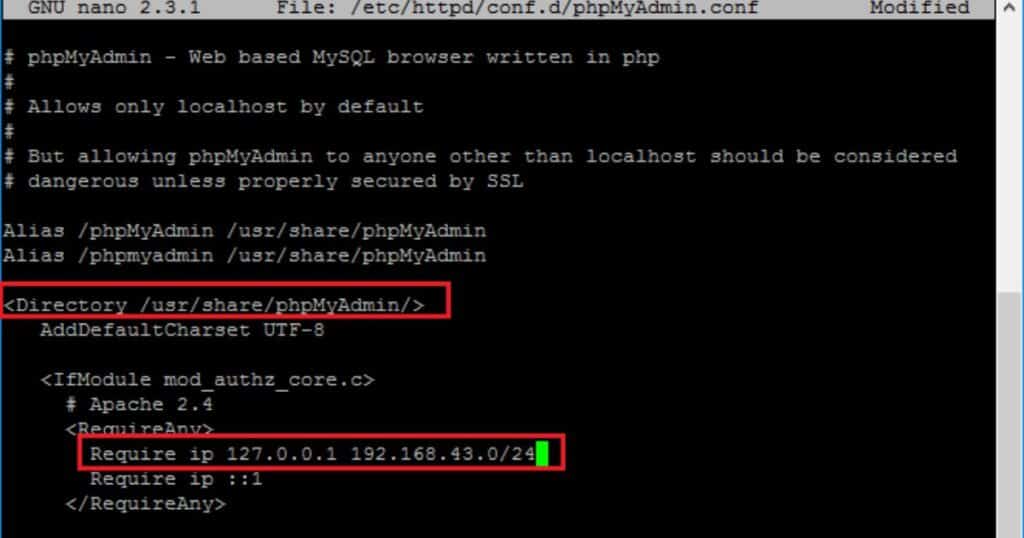Encountered the puzzling sequence 127.0.0.1:62893 while working on your computer? Though it may seem confusing at first, understanding its components can reveal important details. This error message, “Disconnected from the target VM, address: 127.0.0.1:62893,” often appears during development.
This article aims to explain the significance of 127.0.0.1:62893, clarify its function, and offer solutions for a common error associated with it.
What Does 127.0.0.1:62893 Represent?
127.0.0.1:62893 contains an IP address and port number. 127.0.0.1 is the loopback address, referring internally to your computer. It ensures programs communicate locally instead of sending data elsewhere. The port number, 62893, acts as a channel for applications.
Broken down, 127.0.0.1:62893 represents internal communication on your machine between an app and service using port 62893, likely Memcached. The loopback address makes this data transfer stay on your computer instead of being transmitted out. This allows local testing without the internet.
Learn More About IP Addresses
An IP address provides a unique identifier for devices on a network. Every computer or device must have an IP address to communicate online. IP addresses come in two main versions – IPv4 and IPv6. IPv4 addresses look like numbers separated by periods, like 127.0.0.1. IPv6 addresses are more complex strings of numbers. IP addresses can be private, only visible locally, or public and accessible worldwide. The loopback IP 127.0.0.1 is a private address only visible internally.
Private and public IP addresses differ in their usage. Private IPs like 127.0.0.1 are used inside a local network and can’t be seen externally. Public IPs are needed to access the wider internet. They allow traffic to flow between networked devices globally. Understanding private vs public IP addresses helps explain why 127.0.0.1 only routes locally – it’s a private network address for internal system use, not global internet availability.
Learn More About Port Numbers
Port numbers allow applications and services to receive incoming data. They act as channels that direct traffic to the right destination. Common port numbers include 80 for basic HTTP traffic and 443 for HTTPS secure connections. Port numbers help identify the protocol or application data belongs to. The number 62893 associated with 127.0.0.1 signifies a specific internal service, likely Memcached.
Just as port numbers facilitate communication, they can also help troubleshoot connection issues. If an application isn’t reachable at the expected port number, it may indicate the service isn’t running properly or is configured incorrectly. Understanding typical port assignments makes it easier to diagnose issues relating to specific services when testing locally using the loopback address 127.0.0.1.
Also Read: FintechZoom: Navigating the Future of Finance
Uses of Localhost

The localhost or loopback IP address, 127.0.0.1, has several important uses. Developers commonly utilize it during local testing and website development. It allows checking websites and applications privately without exposing them publicly. Programmers can securely find and fix issues before deployment. System administrators also rely on localhost for configuring network services like web servers without a live internet connection.
Beyond software development and setup, the loopback address has additional applications. Some programs designed for demonstrations use it to showcase features without requiring internet access. It also facilitates learning about and experimenting with network programming concepts. Localhost gives users a private, isolated environment to troubleshoot connectivity and test online applications without risks of exposure.
Tools for Managing Localhost and Ports
Isolated development environment: It allows testing and debugging apps privately without exposing them publicly prematurely. This prevents unintended access.
Secure testing: Using localhost keeps development secure within your own computer rather than broadcasting testing interfaces to the internet.
Offline testing capability: Loopback addresses allow testing network services and connectivity even without a live internet connection.
Avoid conflicts with other software: Localhost ensures apps in development don’t interfere with other programs by isolating them internally.
Learn network principles: Examining loopback communication helps understand concepts like TCP/IP, client-server models, and protocol behaviors.
Performance evaluation: Issues affecting speed or reliability are easier to pinpoint when isolating tests to the local machine versus multiple external nodes.
Troubleshooting aids: Errors arising from network or port configurations are simpler to solve when contained internally on 127.0.0.1.
Resource optimization: Developing privately conserves bandwidth and external resources compared to public distribution of unfinished work.
Advantages of Using 127.0.0.1:62893
Isolated Testing Environment: Localhost provides a safe and controlled environment for testing applications without affecting the live server or other network resources.
Faster Debugging: Since everything is run locally, the response times are quicker, facilitating faster debugging and development cycles.
No Internet Dependency: Localhost testing does not require an internet connection, allowing developers to work offline.
Enhanced Security: Testing on 127.0.0.1 ensures that the application is not exposed to the internet, reducing the risk of security vulnerabilities during the development phase.
Consistency: Using a consistent address and port like 127.0.0.1:62893 ensures that the development and testing environment remains stable and predictable, leading to more reliable results.
Ease of Configuration: Localhost configurations are typically simpler and require less setup compared to remote servers, making it easier to start development and testing.
Resource Efficiency: Running applications on localhost uses local resources, which can be more efficient than using shared or cloud-based resources.
Real-time Updates: Changes made to the code can be instantly tested and viewed on localhost without the need for deployment, streamlining the development process.
Working of 127.0.0.1:62893

- When an application needs to communicate with another process locally, it will use the loopback address 127.0.0.1. This tells the operating system to direct traffic internally rather than sending it over an external network.
- The port number 62893 provides further instructions on where to send the communication. It acts as a channel that routes data to the specific service or program equipped to handle it.
- For example, if a web server is running locally on port 62893, a browser may use 127.0.0.1:62893 to initiate a connection to that server for testing purposes without exposure online.
- On the receiving end, the operating system recognizes 127.0.0.1 as the local computer’s IP address. It delivers any incoming data through port 62893 to the intended destination service/application.
- This loopback address setup allows full internal end-to-end testing of network functionality without actually transmitting anything beyond the local machine.
- Proper configuration of applications to listen on certain ports like 62893 is necessary for this loopback communication stream to be established.
Is exposing port 62893 publicly safe?
Security vulnerabilities: If the service using port 62893, like Memcached, has any bugs or flaws, it could expose your system to remote hacking attempts or unauthorized access.
Denial of service attacks: Making this port public would allow malicious actors to launch DDoS attacks and flood it with traffic to crash the service or your whole network.
Unauthorized access: Anyone on the internet could potentially connect to your Memcached server without permission, posing data breseach risks if they can exploit vulnerabilities.
Unknown external usage: While port 62893 itself may not seem high priority, its public exposure allows for unknown manipluation by third parties that could impact your server.
Bypassing firewall protections: Most firewalls are meant to keep internal services like 127.0.0.1 private. Opening this port publicly negates some security layers.
Unnecessary exposure risk: There’s typically no need to allow arbitrary public access to services only meant for internal testing and development use on localhost.
Resolving Issues with 127.0.0.1:62893
- Ensure the associated service or application is running correctly. Start or restart it if needed.
- Verify the correct port number is being used. Check the application documentation or configuration files.
- Examine firewall settings to make sure port 62893 traffic is allowed internally on localhost/loopback. Temporarily disable the firewall if needed for testing.
- Use diagnostic tools like netstat, ss or lsof to check if anything is bound to port 62893 and troubleshoot connectivity issues.
- Check for port conflicts if something else is already using port 62893. Consider changing the port number in application configuration.
- Review application-specific configurations, credentials, dependencies and other requirements to ensure all settings are properly set up.
- Test connectivity with a simple program like nmap or telnet to see if the port responds as expected when using 127.0.0.1.
- Research online to see if any known bugs or issues relate to your specific error message or application/platform combination.
- As a last resort, try restarting the entire machine to flush any unstable port bindings or network states.
Fixing the “Disconnected From The Target VM, Address: 127.0.0.1:62893” Error
- Check that the VM or local development environment is running properly and accessible. Restart if needed.
- Verify the correct port (62893) is being used for debugging/remote access. Confirm virtual machine port settings match.
- Examine firewall rules and ensure port 62893 traffic is permitted both on the host machine and virtual network.
- Use network tools like netstat on both host and VM to confirm no other process is bound to port 62893.
- Ensure any required remote access services/agents are installed and configured correctly on the VM.
- Test network connectivity between host and VM directly with ping or other simple clients.
- Check for errors in the development tool/IDE’s debugger relating to the VM connection.
- Search documentation for known issues with your specific VM platform and debugger/IDE.
- As a last check, try restarting the remote debugging subsystem service/daemon.
Is Port 62893 accessible to the public?
- By default, port 62893 is considered a private port intended for internal system use only via the loopback address 127.0.0.1.
- Exposing this port directly to the public internet poses security risks, as it could enable unauthorized access or denial of service attacks.
- Unless there is a specific application requirement documented by the developer, port 62893 generally should not be accessible from outside networks or the internet.
- Firewalls are commonly configured to block inbound traffic to private ports like 62893 by default, restricting access only to local machine addresses.
- If a service absolutely needs public availability on this port, stringent firewall rules and access controls would need to be implemented carefully.
- Even then, using a non-standard port number provides only minor additional security through obscurity—it does not replace other security best practices.
- For standard internal development and testing uses, port 62893 should always remain firewalled and blocked from any public interfaces.
FAQ’s
What does 62893 represent?
62893 is a designated port number that directs network traffic to a specific local service, like Memcached running on port 62893.
Is localhost safe to use?
Yes, the loopback address provides an isolated testing environment that prevents accidental exposure online. It keeps development securely contained internally.
Why do errors occur?
Problems arise if the service is incorrectly configured, not running, or firewall rules block traffic on that port between the machine and itself.
Should I expose 62893 publicly?
No, it’s best to keep internal ports private like 62893. Exposing them opens security risks outweighed by the minor benefits of public accessibility.
Final Thoughts
127.0.0.1:62893 provides an important internal networking tool for developers and system administrators. The loopback address allows isolated testing and troubleshooting of applications without public exposure. While sometimes causing errors, understanding its role helps solve issues quickly.
Key advantages are secure environments and offline capabilities, optimizing development workflows. Some configuration is needed to use specific ports privately like 62893. By properly managing firewalls, listening services and diagnostic utilities,localhost reliably facilitates important local testing requirements.








